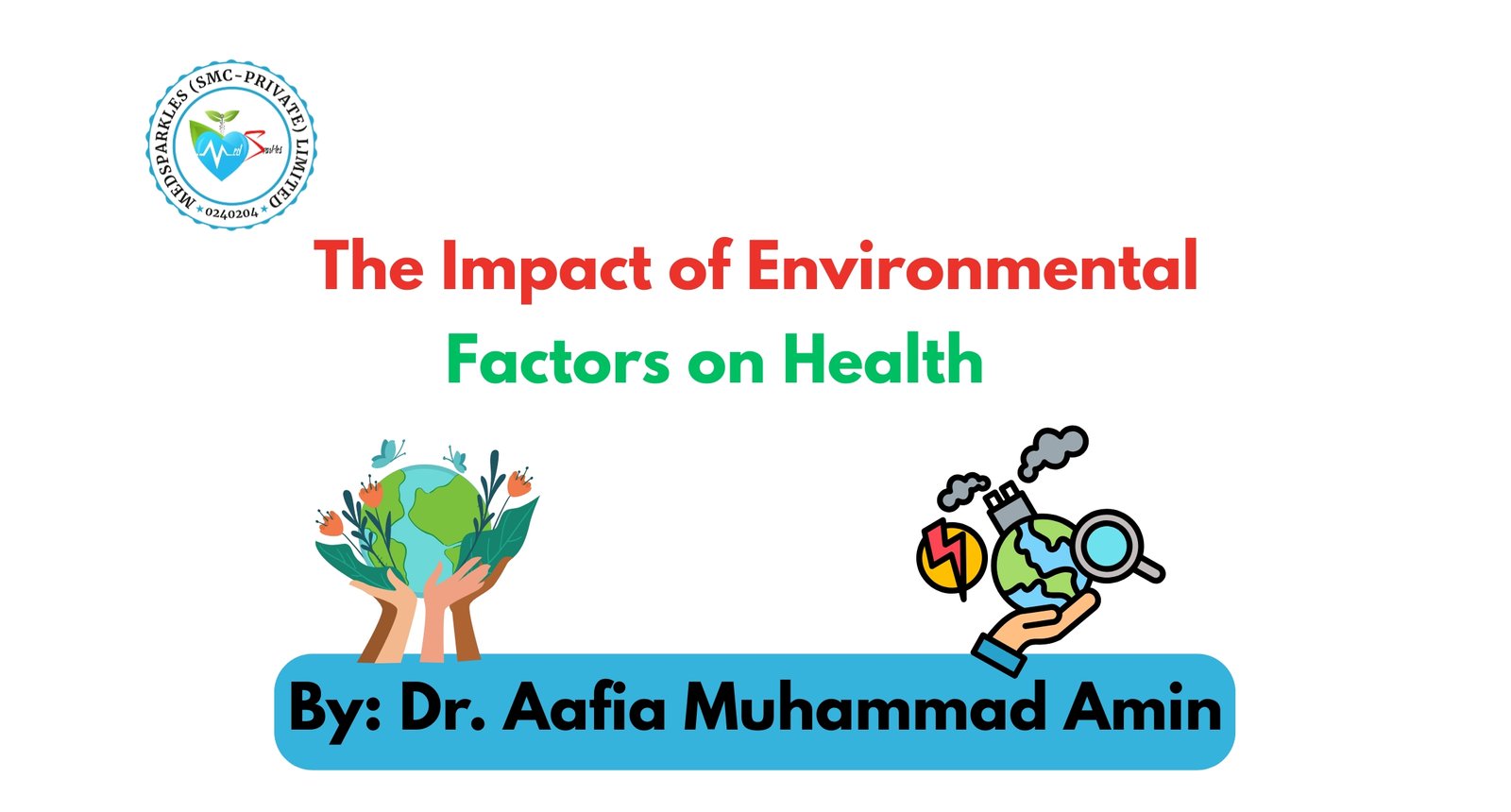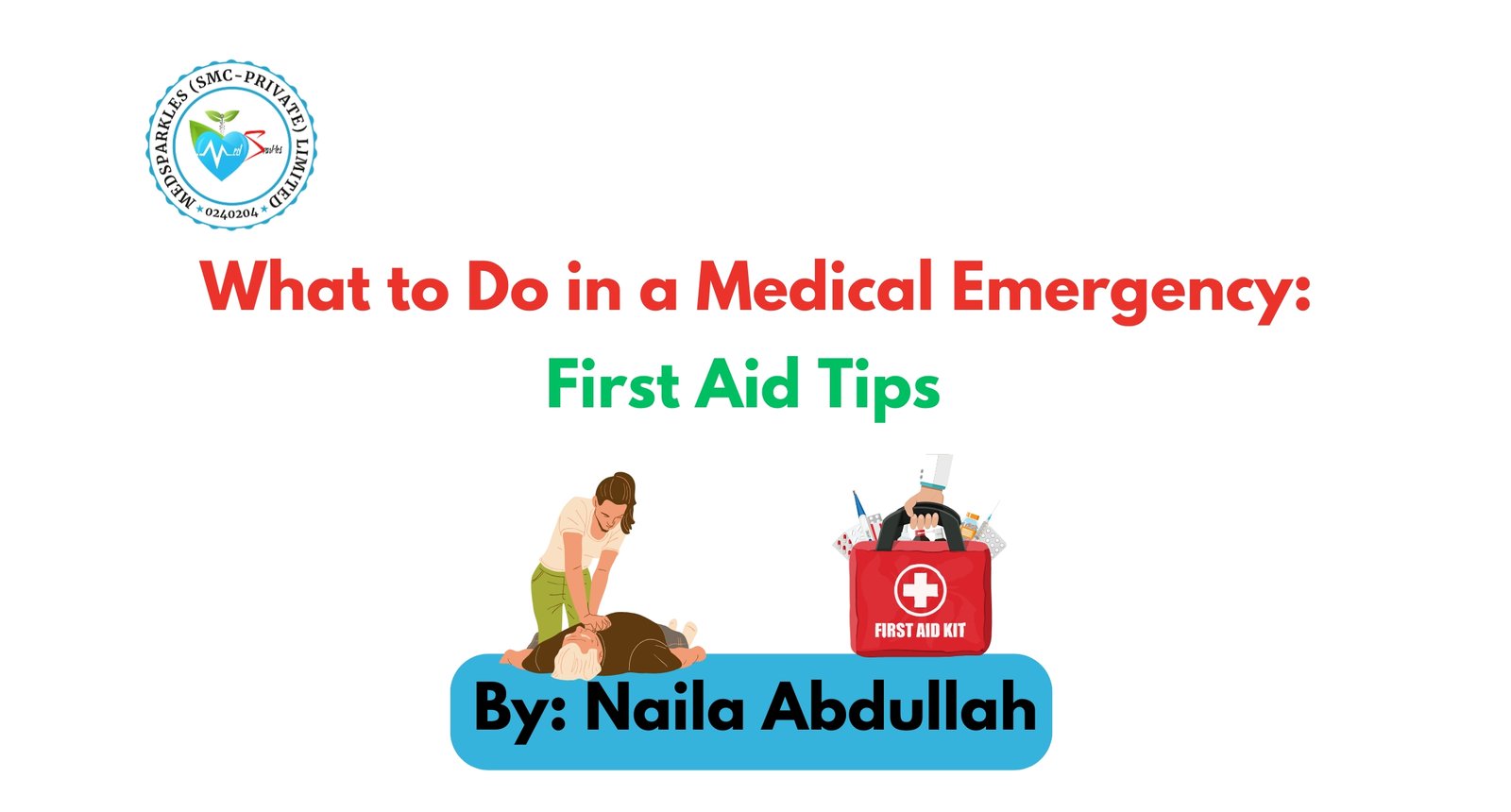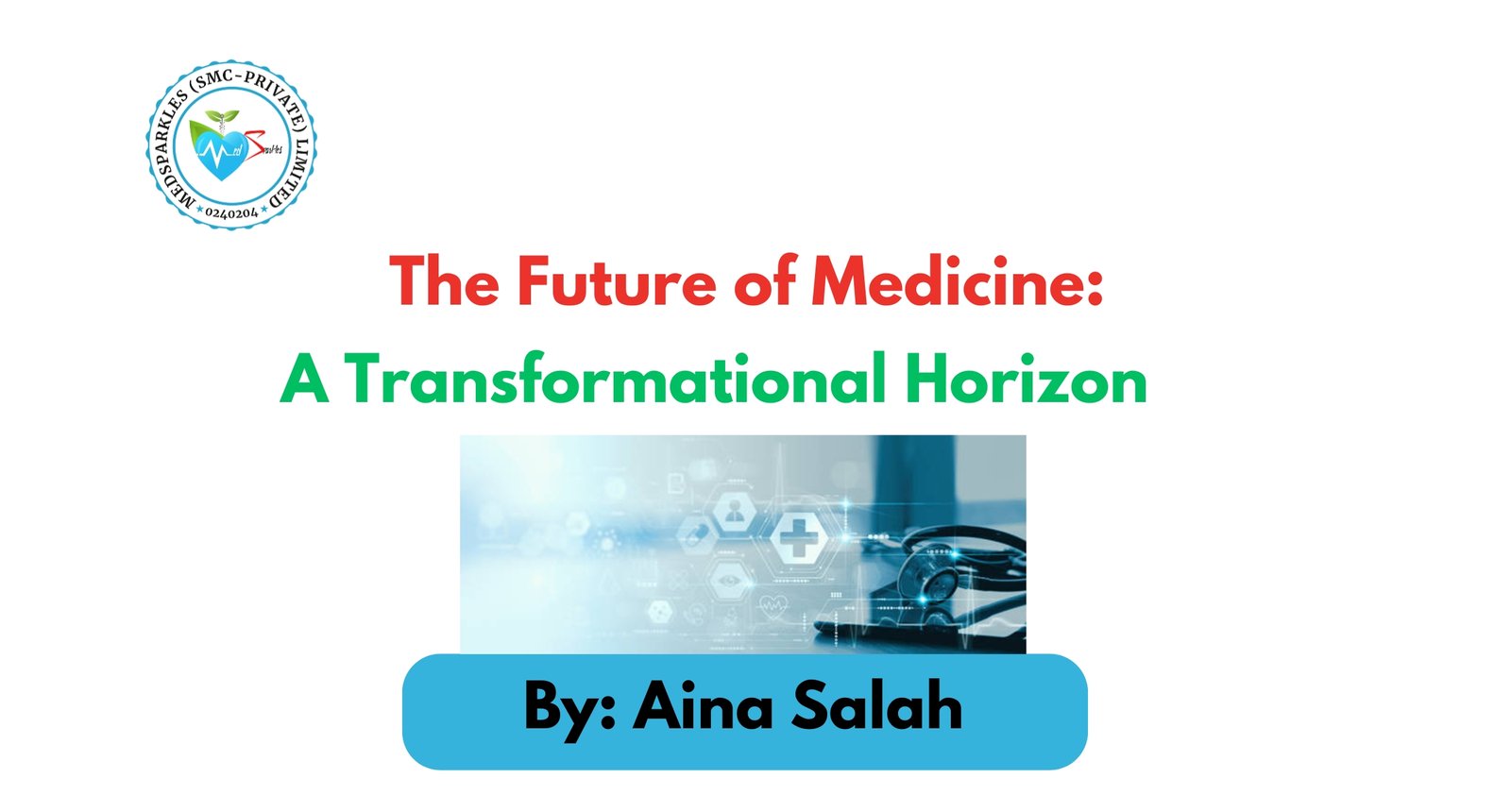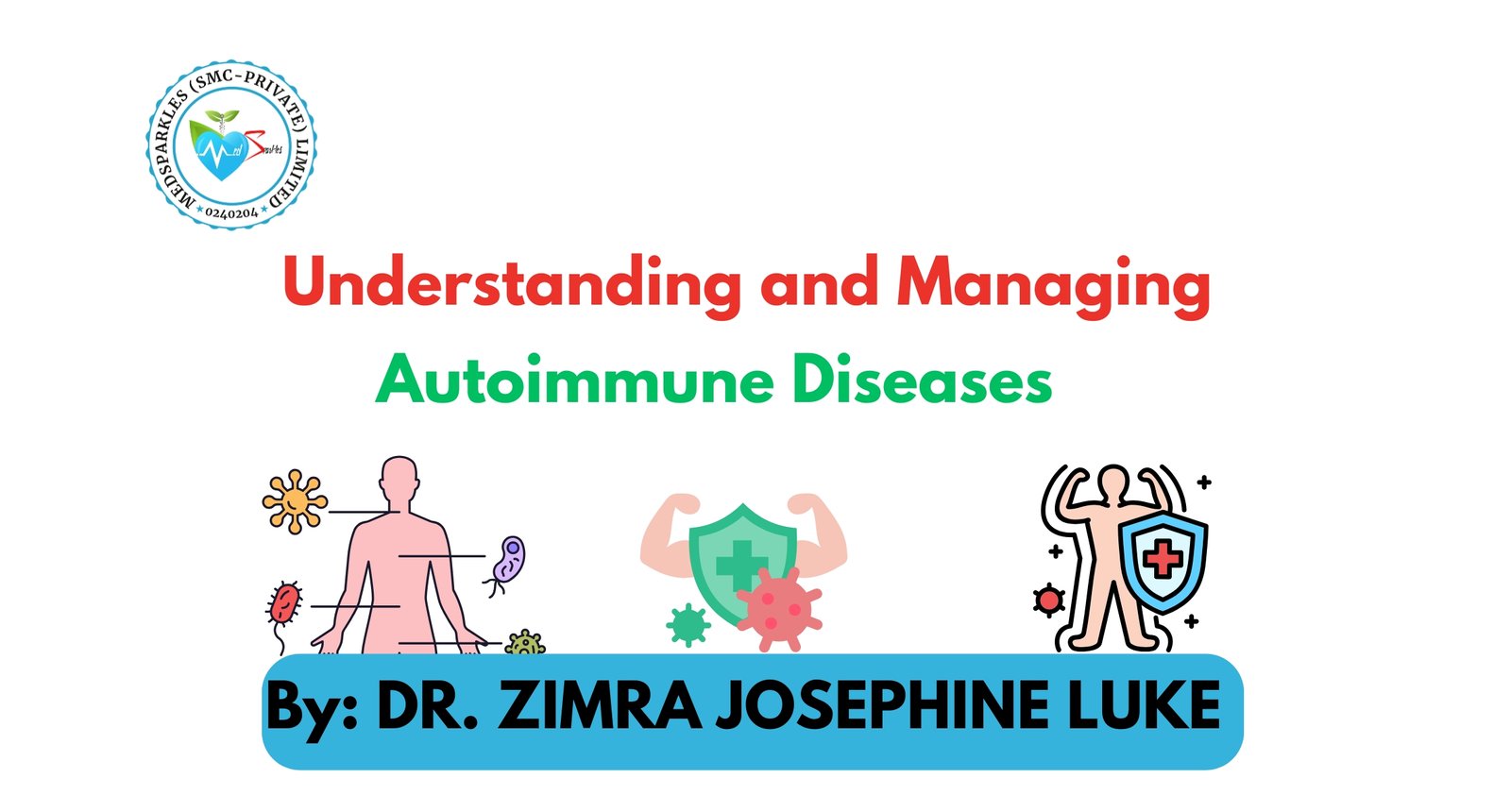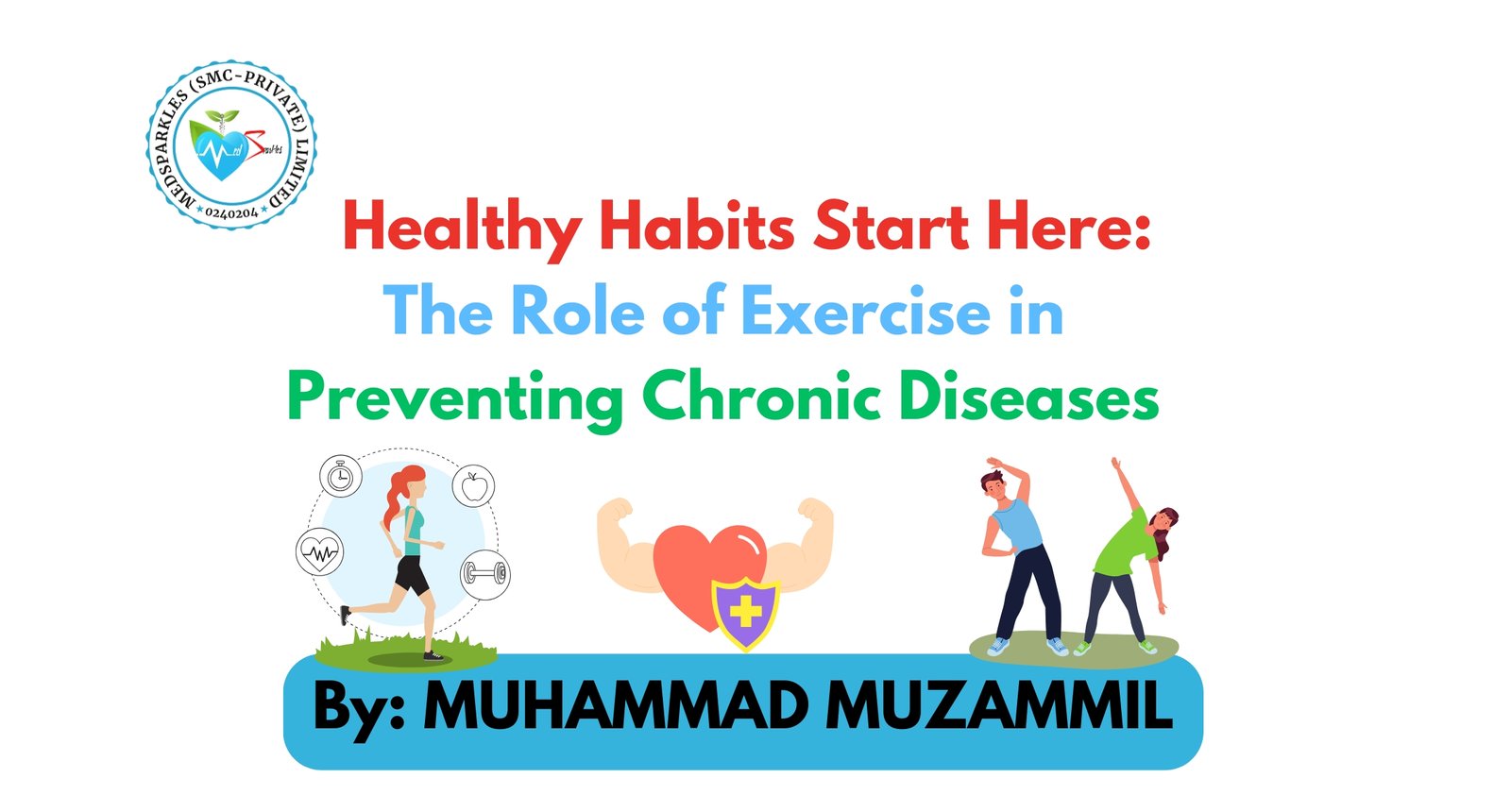A century ago, a sore throat or simple scratch could kill an individual, but then came antibiotics, and suddenly the deadliest infections became incurable. Antibiotic resistance is defined either clinically or microbiologically as the adaptive change or genetic evolution of microorganisms that enables them to survive exposure to antibiotics that were once effective against them. (Frieri et al., 2017). According to the WHO, by the end of 2050, antibiotic resistance will be responsible for killing more people than cancer.
According to the research study published 1.27 million deaths were reported globally in 2019 due to antimicrobial resistance. (“Global burden of bacterial antimicrobial resistance in 2019: a systematic analysis,” 2022). Nowadays, a global rise in the irrational use of antibiotics is observed, and it drastically impacts clinical outcomes as a pronounced effect of resistance is observed in Staphylococcus aureus, leading to multidrug resistance against penicillin species, which becomes a serious threat to hospitals. (French, 2005)
Clinical Impact of Antibiotic Resistance:
The inappropriate use of antibiotics is responsible for increasing the mortality rate, affecting the diagnosis, and lengthening the stay in the hospital. Delayed treatment is a result of antibiotic resistance, as in the case of sepsis, if an appropriate antibiotic is not considered, then every hour delay increases the mortality by nearly 5%. (Tang et al., 2024). The multidrug-resistant infections are even more contributing to increasing the ICU stay for a prolonged period. A study showed that carbapenem-resistant Acinetobacter baumannii pathogen increased the stay in the hospital as compared to non-resistant. (Kilinc, 2025)
Contributing factors:
There are several factors contributing to the irrational use of antibiotics, such as:
- Overprescription – Inappropriate or unconfirmed diagnosis of bacterial infections may lead to excessive use of antibiotics. As the WHO mentioned, about 50% of antibiotics are prescribed inappropriately worldwide. For conditions like cold, sinusitis, and bronchitis, it has been reported that nearly 30% of prescriptions were not even essential. (Fleming-Dutra et al., 2016)
- Self-medication – It is an emerging situation in middle-income or low-income countries to decrease the expenses on healthcare, antibiotics are self-medicated, and the adherence rate is low. The rate of self-medication is around 50.3%. (“IAI CONFERENCE: Self-medication and self-treatment with short-term antibiotics in Asian countries: A literature review,” 2021)
- Unnecessary exposure to antibiotics – The most ignorant way to expose oneself the antibiotics in daily life is through food. Different antibiotics such as tetracyclines, some beta-lactams, aminoglycosides, macrolides, and fluoroquinolones are aggressively used in the water and feed of animals. Antibiotics (tetracyclines and other protein synthesis inhibitors) are administered to the animals for growth and development. The intake of all the food from animals is exclusively integrated with antibiotics. It has been estimated that 70% of antibiotics are used on animals. (Alhassan et al., 2025). The consumption of antibiotics in animals is expected to increase progressively by 2030. (Islam et al., 2024)
- Lack of Structured Framework – Inadequate training and lack of stewardship programs are the most prominent factors of antibiotic resistance. Physicians are used to providing broad-spectrum antibiotics to patients, and it has been concluded that an optimized therapy is a broad therapy that needs to be corrected.
Strategies for Antimicrobial Stewardship:
- The CDC – Implicates the antimicrobial stewardship program in hospitals, and national policies are designed to integrate an appropriate and optimized prescribing of antibiotics. (Prevention., 2019)
- The evolution of digital tools and the analysis of clinical feedback may improve the prescribing nature of physicians. OPEN Stewardship proposes less time-consuming courses on the rational use of antibiotics.(Soucy Jean-Paul et al., 2024)
- Organize (Antimicrobial Stewardship) AMS programs in the educational sector to deliver timely statistics and guide to the use of antibiotics.
Recommendations:
To implement the national AMS (Antimicrobial stewardship programs) in healthcare settings, a meta-analysis mentioned that AMS decreases antibiotic resistance by 51%. (Baur et al., 2017)
To decrease the use of antibiotics in the feed of animals, as the prohibition of antibiotic use in animals decreases the antibiotic resistance in humans by 39%. (Pike et al., 2017)
Promote and spread awareness on the rational use of antibiotics by organizing Antibiotic Weeks in educational sectors, pharmacies, clinics, and hospitals.
Conclusion:
Antimicrobial resistance is one of the global problems to fight against infections. The rational use of antibiotics is encouraged to decrease the mortalities and morbidities. Several factors are responsible for antibiotic resistance, including over-prescription, lack of protocols/guidelines, and exposure to antibiotic-containing foods etc. A structured framework and legal policies are required for antimicrobial stewardship. It would impact resistance development through the irrational use of antibiotics.
FAQs
1. What is antibiotic resistance and why is it considered a global health threat?
Antibiotic resistance is the ability of microorganisms to adapt or evolve so they can survive exposure to antibiotics that previously killed them. It is a major global concern because it leads to treatment failure, prolonged illness, higher healthcare costs, and increased mortality. By 2050, it is projected to cause more deaths annually than cancer if left unaddressed (Frieri et al., 2017; WHO).
2. What are the primary causes of antibiotic resistance in humans and animals?
The key contributors include:
- Overprescription of antibiotics for viral infections or unconfirmed bacterial illnesses.
- Self-medication without proper diagnosis, especially in low- and middle-income countries.
- Antibiotic use in animal feed for growth promotion and disease prevention.
- Lack of antibiotic stewardship programs and insufficient training for healthcare professionals (Fleming-Dutra et al., 2016; Alhassan et al., 2025).
3. How does antibiotic resistance impact patient care and hospital systems?
Antibiotic-resistant infections lead to:
- Delayed treatment response and inappropriate therapy.
- Longer hospital and ICU stays.
- Increased healthcare costs and higher patient mortality rates, particularly in cases like sepsis or infections with multidrug-resistant organisms (Tang et al., 2024; Kilinc, 2025).
4. What is antimicrobial stewardship and how does it help combat resistance?
Antimicrobial stewardship (AMS) refers to coordinated interventions designed to improve and measure the appropriate use of antibiotics. AMS programs promote:
- Optimal antibiotic prescribing.
- Reduction of unnecessary exposure.
- Monitoring and education through digital tools and feedback systems like OPEN Stewardship (CDC, 2019; Soucy et al., 2024).
5. What actions can be taken to reduce the spread of antibiotic resistance?
Key strategies include:
- Implementing national AMS programs in healthcare facilities.
- Regulating antibiotic use in livestock and poultry farming.
- Educating the public and healthcare professionals on rational antibiotic use.
- Promoting awareness events such as World Antibiotic Awareness Week (Baur et al., 2017; Pike et al., 2017).
References:
Alhassan, M. Y., Kabara, M. K., Ahmad, A. A., Abdulsalam, J., & Habib, H. I. (2025). Revisiting antibiotic stewardship: veterinary contributions to combating antimicrobial resistance globally. Bulletin of the National Research Centre, 49(1), 25. https://doi.org/10.1186/s42269-025-01317-3
Baur, D., Gladstone, B. P., Burkert, F., Carrara, E., Foschi, F., Döbele, S., & Tacconelli, E. (2017). Effect of antibiotic stewardship on the incidence of infection and colonisation with antibiotic-resistant bacteria and Clostridium difficile infection: a systematic review and meta-analysis. Lancet Infect Dis, 17(9), 990-1001. https://doi.org/10.1016/s1473-3099(17)30325-0
Fleming-Dutra, K. E., Hersh, A. L., Shapiro, D. J., Bartoces, M., Enns, E. A., File, T. M., Jr., Finkelstein, J. A., Gerber, J. S., Hyun, D. Y., Linder, J. A., Lynfield, R., Margolis, D. J., May, L. S., Merenstein, D., Metlay, J. P., Newland, J. G., Piccirillo, J. F., Roberts, R. M., Sanchez, G. V., . . . Hicks, L. A. (2016). Prevalence of Inappropriate Antibiotic Prescriptions Among US Ambulatory Care Visits, 2010-2011. Jama, 315(17), 1864-1873. https://doi.org/10.1001/jama.2016.4151
French, G. L. (2005). Clinical impact and relevance of antibiotic resistance. Advanced Drug Delivery Reviews, 57(10), 1514-1527. https://doi.org/https://doi.org/10.1016/j.addr.2005.04.005
Frieri, M., Kumar, K., & Boutin, A. (2017). Antibiotic resistance. Journal of Infection and Public Health, 10(4), 369-378. https://doi.org/https://doi.org/10.1016/j.jiph.2016.08.007
Global burden of bacterial antimicrobial resistance in 2019: a systematic analysis. (2022). Lancet, 399(10325), 629-655. https://doi.org/10.1016/s0140-6736(21)02724-0
IAI CONFERENCE: Self-medication and self-treatment with short-term antibiotics in Asian countries: A literature review. (2021). Pharmacy Education, 21(2), p. 152-162. https://doi.org/10.46542/pe.2021.212.152162
Islam, M. A., Bose, P., Rahman, M. Z., Muktaruzzaman, M., Sultana, P., Ahamed, T., & Khatun, M. M. (2024). A review of antimicrobial usage practice in livestock and poultry production and its consequences on human and animal health. J Adv Vet Anim Res, 11(3), 675-685. https://doi.org/10.5455/javar.2024.k817
Kilinc, M. (2025). Antibiotic Resistance and Mortality in ICU Patients: A Retrospective Analysis of First Culture Growth Results. Antibiotics (Basel), 14(3). https://doi.org/10.3390/antibiotics14030290
Pike, A., Dong, Y., Dizaji, N. B., Gacita, A., Mongodin, E. F., & Dimopoulos, G. (2017). Changes in the microbiota cause genetically modified Anopheles to spread in a population. Science, 357(6358), 1396-1399. https://doi.org/10.1126/science.aak9691
Prevention., C. f. D. C. a. (2019). Implementation of Antibiotic Stewardship Core Elements at Small and Critical Access Hospitals.https://www.cdc.gov/antibiotic-use/core-elements/small-critical.html
Soucy Jean-Paul, R., Low, M., Acharya Kamal, R., Ellen, M., Hulth, A., Löfmark, S., Garber Gary, E., Watson, W., Moran-Gilad, J., Davidovitch, N., Amar, T., McCready, J., Orava, M., Brownstein John, S., Brown Kevin, A., Fisman David, N., & MacFadden Derek, R. (2024). Evaluation of an automated feedback intervention to improve antibiotic prescribing among primary care physicians (OPEN Stewardship): a multinational controlled interrupted time-series study. Microbiology Spectrum, 12(4), e00017-00024. https://doi.org/10.1128/spectrum.00017-24
Tang, F., Yuan, H., Li, X., & Qiao, L. (2024). Effect of delayed antibiotic use on mortality outcomes in patients with sepsis or septic shock: A systematic review and meta-analysis. International Immunopharmacology, 129, 111616. https://doi.org/https://doi.org/10.1016/j.intimp.2024.111616

